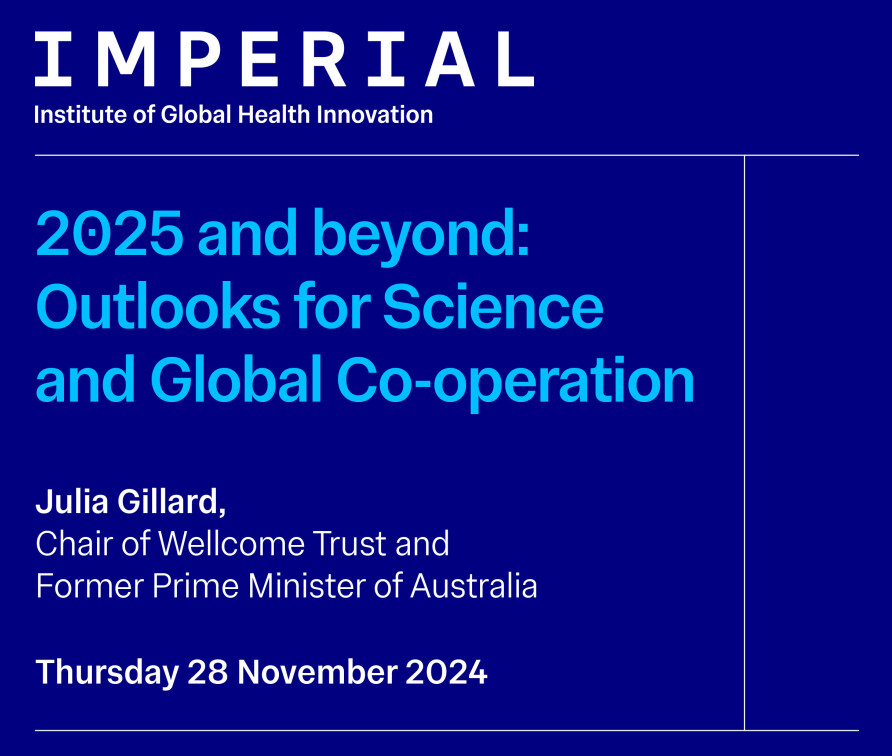BibTex format
@article{Rao:2018:2018/5468010,
author = {Rao, A and Bicknell, C and Bottle, R and Darzi, A and Aylin, PP},
doi = {2018/5468010},
journal = {Surgery Research and Practice},
title = {Common sequences of emergency readmissions among high-impact users following AAA repair},
url = {http://dx.doi.org/10.1155/2018/5468010},
volume = {2018},
year = {2018}
}

